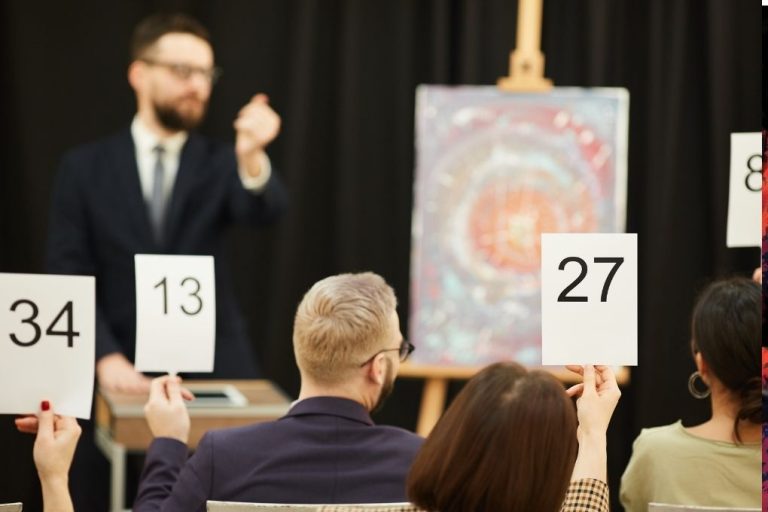Picture this: another endless evening buried under your textbooks and notes. The coffee on your desk has gone cold, and you feel your brain slowly shutting down. You read the same sentence three times, but none of it seems to stick. Hours are slipping away, and instead of feeling confident, you’re left exhausted and frustrated.
Sound familiar?
Here’s the uncomfortable truth: the most successful students are not the ones who study the longest. They are the ones who study the smartest. The difference is not in raw hours, but in the strategies they use to retain information, stay focused, and actually apply what they’ve learned.
If you’re ready to break free from the endless grind, here are five proven hacks that will help you learn smarter, not harder.
Throw Away Bad Habits, Embrace Smarter Ones
Let’s be honest: most of us were taught to study in all the wrong ways. Endless rereading. Copying full paragraphs into notebooks. Staying up all night before an exam.
That’s the “old way.” It looks like work, but it produces very little result.
The “new way” is based on science: working with your brain’s natural rhythms, improving memory through active recall, and reinforcing knowledge with practice. When you make the switch, studying stops being torture and starts being effective.
5 Genius Hacks to Learn Smarter, Not Harder
1. Pomodoro Technique: Give Your Brain Breaks and Boost Focus
Think of your brain like a sprinter, not a marathon runner. It can give you amazing bursts of energy and focus, but it needs regular rest. Forcing yourself to study for three hours straight doesn’t make you productive — it makes you forgetful.
The Pomodoro Technique is a simple yet powerful tool:
- Study for 25 minutes with full focus.
- Take a 5-minute break.
- Repeat this four times, then take a longer 15–20 minute break.
Why it works: 25 minutes feels doable, even when you don’t feel motivated. It eliminates procrastination because you’re only committing to a short sprint. And those small breaks keep your mind fresh, making it easier to remember what you’ve just learned.
Instead of dragging yourself through hours of fatigue, you’ll get more done in less time — and with less stress.
2. The Feynman Technique: Master It by Teaching It
Richard Feynman, the legendary Nobel Prize–winning physicist, believed that the best way to learn was to teach. His technique is simple: if you can’t explain something in plain language, you don’t really understand it.
Here’s how to use it:
- Pick a concept you’ve just studied.
- Try to explain it to someone else — or even to yourself.
- Notice where you get stuck. That’s the gap in your understanding.
- Go back, review, and simplify your explanation.
You don’t need an audience. Pretend you’re giving a mini-lecture in front of a mirror, record yourself on your phone, or even explain it to your pet. The act of teaching forces your brain to organize information and fill in the missing pieces.
The result? Knowledge that sticks, because you don’t just know it — you own it.
3. Create Knowledge Maps Instead of Copycat Notes
We’ve all done it: copying paragraphs word for word, thinking it counts as studying. But here’s the truth — passive copying doesn’t build memory. It just fills pages.
A smarter method is to create knowledge maps. Instead of walls of text, your notes should look like a roadmap of the topic:
- Write only keywords and short phrases.
- Use arrows to show connections between ideas.
- Draw diagrams or mind maps.
This process forces your brain to process and structure information actively. When you review your notes later, you won’t see meaningless lines of text — you’ll see a clear, visual representation of how the concepts connect.
Imagine the difference between staring at a forest of random trees versus holding a map that shows you the path. That’s the power of knowledge mapping.
4. Why Cramming Doesn’t Work — and the Power of Spaced Repetition
We all know the temptation: waiting until the night before the exam, then cramming for hours in a desperate attempt to absorb everything at once. The problem? Your brain can only hold that information for a very short time. By the next week — sometimes even the next day — it’s gone.
The solution is spaced repetition — reviewing material at carefully timed intervals:
- Review once after 1 day.
- Review again after 1 week.
- Review once more after 1 month.
Every time you revisit the material, your brain strengthens the memory. It’s like carving the information deeper and deeper until it becomes permanent.
This is how you build long-term mastery. And it’s why drip-style learning, where lessons are spaced out day by day, is so effective. It gives your brain time to absorb, forget a little, and then relearn — which is exactly how real memory works.
5. Apply What You Learn Immediately — Make It Yours
Here’s the fastest way to forget something: learn it, and then do nothing with it.
Here’s the fastest way to remember something: learn it, and then use it right away.
It doesn’t matter if it’s big or small — what matters is action.
- Studying investments? Open a site and check today’s gold or stock prices.
- Learning a new language? Write a short message using your new words.
- Taking a leadership course? Apply one small technique in your next conversation.
When you act on what you learn, you’re sending a signal to your brain: this is real, this matters. That’s how knowledge moves from theory into long-term memory.
Bonus Tip: Build a Learning Ritual
Your environment matters more than you think. If you’re trying to study in bed with your phone buzzing beside you, you’re setting yourself up for distraction.
Instead, create a study ritual:
- Sit in the same place every time.
- Put your phone away.
- Have your notebook and water ready.
When you repeat this consistently, your brain begins to associate that environment with focus. The moment you sit down, it knows: it’s learning time. No more wasted minutes trying to “get in the mood.” You’ll switch into study mode almost automatically.
Conclusion: Smarter, Not Harder
Education isn’t about how many hours you spend staring at a book. It’s about what you actually remember, and how you use it.
The smartest learners aren’t superhumans. They’re people who use methods like Pomodoro, the Feynman Technique, knowledge maps, spaced repetition, and immediate practice.
So here’s your challenge: don’t just read this article and move on. Pick one hack — just one — and try it today. Study for 25 minutes, draw a knowledge map, or explain a concept out loud.
You’ll notice the difference immediately: sharper focus, stronger memory, and more confidence.
Because success isn’t about talent or endless hours of hard work. It’s about using the right strategies. And when you learn smarter, the results will follow.




